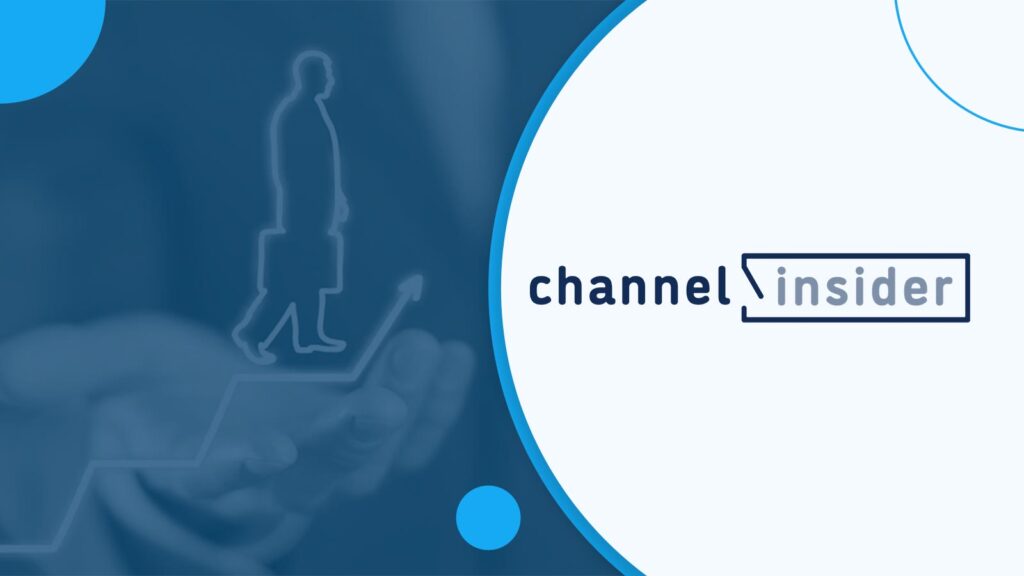or call: +1 (845) 347-8894

or call: +1 (845) 347-8894
or call: +1 (845) 347-8894

When Datto surveyed over 1,800 managed service providers (MSPs), 95% of respondents expressed confidence in their industry, and 82% anticipated revenue growth over the next three years. However, while this report and several others suggest bright days ahead for the industry, MSPs must surmount several challenges, including security, efficiency, productivity, competition, customer retention, hiring, and cultural differences. Luckily, there are courses of action that you can take to tackle them.
As MSPs become increasingly essential to businesses, the importance of cybersecurity and protecting client data has increased exponentially. Cybercrime is a real threat, with IBM reporting that the average cost of a data breach worldwide in 2022 reached $4.35 million. Keeping up with the modern cybersecurity landscape can be a major challenge for your MSP as cybercriminals become more sophisticated. Ransomware and DDoS attacks are now common tactics used by hackers to disrupt organizations and cause massive losses, so it’s no surprise that companies are turning to MSPs for assistance.
Facing this complex landscape means that you have your own challenges to contend with — like finding the right talent and team members capable of mitigating modern risks. It’s not just about having knowledgeable IT staff who understand how to protect systems and networks, but personnel who can also train employees on recognizing signs of cyberattacks.
You play an important role in maintaining a company’s security infrastructure; however, you must find ways to stay on top of ever-evolving threats to provide the best protection possible. By investing in training programs and upskilling employees while at the same time using modern tools such as AI-based technologies, you can ensure you’re doing your job well, keeping both clients and yourself safe from cyberattacks.
To stay ahead of the competition and provide the best service available, look for ways to boost your efficiency. Companies expect MSPs to quickly and effectively solve IT issues, but many struggle with maintaining service level agreements (SLAs) and providing quality services at a reasonable cost. A good example is an internet service provider (ISP) providing help desk services. If a contract states that you must respond within two hours and you fail to do so, that’s considered an SLA breach.
One way to keep up with SLAs is through automation. By setting up an alert an hour prior to an SLA breach and then a second alert 15 minutes beforehand, you can ensure that you’re providing timely responses when customers need them most. In addition, having reporting procedures and alerting multiple people when an SLA is broken ensures that service providers are held accountable for any delays or miscommunications.
By investing in automation tools such as automated ticket routing and chatbots, you can streamline your processes and improve the customer experience while still providing high-quality service. Automation reduces response time and helps maintain relationships with customers by keeping them informed throughout the process. What’s more, automation frees up staff from mundane tasks so they can focus on more high-value activities like decision-making, problem-solving, and developing strategies for dealing with difficult cases.
At the end of the day, you’re responsible for providing fast and effective client solutions that meet your standards for excellence. With the proper use of automation tools, you can maximize efficiency while providing the highest customer support possible.
Adjusting to a new normal of hybrid workforces post-COVID means you must ensure that all of your offerings cater to this challenge. A mix of remote and office employees has become commonplace as MSPs strive to increase productivity while maximizing the performance of clients’ staff. For starters, you need to have a solid understanding of the tools used by remote employees and be able to support them properly. This may involve using cloud-based software, virtual private networks (VPNs), and remote access for those who need it. It’s also important that these tools are secure and dependable so that confidential data remains safe from cyber threats.
Aside from ensuring that your infrastructure meets the needs of hybrid workers, develop strategies for managing employees whose tasks span both home offices and physical location sites. To do this, create consistent procedures for tracking workloads, measuring performance goals, monitoring compliance issues, and more. Also consider creating an employee communications policy so that all staff members – both in-house and remote – are on the same page when it comes to communication protocols such as sharing expected response times, clarifying expectations on roles/tasks assigned to team members, and providing information to other departments when needed.
Solutions are available to make coordinating a hybrid workforce easier. By investing in cloud-based technologies and understanding how best to manage remote workforces, including regularly organizing check-ins between team members, you can maximize productivity while still providing excellent customer service across multiple locations.
Attracting and converting leads into sales can also be challenging. Competition is growing at a frenetic pace due to rosy growth projections. According to Grand View Research, the US MSP market was valued at $267.3 billion in 2022 and is projected to grow at a compound annual growth rate of 13.6% between 2023 to 2030. It’s no wonder that every other startup wants to get in on the action, making it harder for you to stand out from the crowd. And while referrals are a popular way of generating leads, relying on them as the sole form of lead generation can be unsustainable in the long term.
To remain competitive, invest in product management and marketing to reposition yourself in the market and differentiate your services from others. Prioritizing customer needs and offering extra value beyond what’s outlined in SLAs can help create further value around your services that customers will appreciate. Lead acquisition is only half the battle; now you have to convert those leads into paying customers. Focus on building relationships with your prospects by offering tailored solutions to their unique needs and showcasing your expertise in the field.
Furthermore, marketing automation tools such as email campaigns or CRM software make managing customer interactions easier and help maximize efficiency during the sales process.
As an MSP, you have a great opportunity to enter the SMB market and increase your profit per user and scalability. With the right strategy, you can create new opportunities to serve the needs of SMBs. The first step is to build an ecosystem with diverse offerings that solve real business problems for them. This will give you a competitive edge over other providers in the market. Also, look into automation and outsourcing strategies to ensure you can deliver new services quickly and efficiently.
Within competition challenges, customer retention deserves special mention because it’s one of the most pressing issues MSPs face. The business competition is fierce, and customers can easily switch service providers if they don’t feel as if their needs are being met.
Focus on providing a great customer experience by offering exceptional technical support, anticipating customer needs, and delivering reliable service. Also, invest in CRM software to help track and monitor customer interactions and ensure that the right service is being provided at all times. Lastly, strive to better understand your customers’ needs by using data analysis tools and conducting regular feedback surveys.
24% of respondents in the Datto report singled out hiring as one of the things that keep them awake at night. Finding qualified individuals with the technical know-how and the right attitude to join your team is no small feat, especially if you deal in highly technical and in-demand fields such as data engineering, cloud computing, and cybersecurity. And once you find them, it’s even harder to keep them. Bigger MSPs with higher hiring budgets are always on the lookout for good talent and will pay a premium to attract the best.
Think outside the box when it comes to building your team. Specifically, consider non-monetary benefits in addition to financial incentives. It’s a long-established fact that non-monetary benefits, such as opportunities to further education, work-life balance, top-of-the-line tools, and even free food, can be a great addition to the salary and benefits package.
MSPs operate in a global market and have customers from different parts of the world who may come from diverse backgrounds, speak different languages, and adhere to different cultural practices. This means that you must develop an understanding of cultures that are different from your own. This calls for proactive training programs that include cultural awareness training, language classes, and other activities that promote mutual understanding and infuse your staff with a global perspective. In addition, be mindful of the political environment in the countries where you operate to ensure compliance with local laws and regulations.
MSPs have the challenging job of constantly innovating to stay ahead of the competition, attract new customers, and retain existing ones. The challenges we outlined above can seem daunting at first glance but are manageable with the right strategies and solutions. Take a proactive approach to each of these issues, investing in the right technologies and educating your staff to ensure they’re well-prepared for any challenge that comes their way. With the right tools, processes, and people in place, you’ll enjoy continued success in this ever-evolving industry.
Source: Channel Insider
